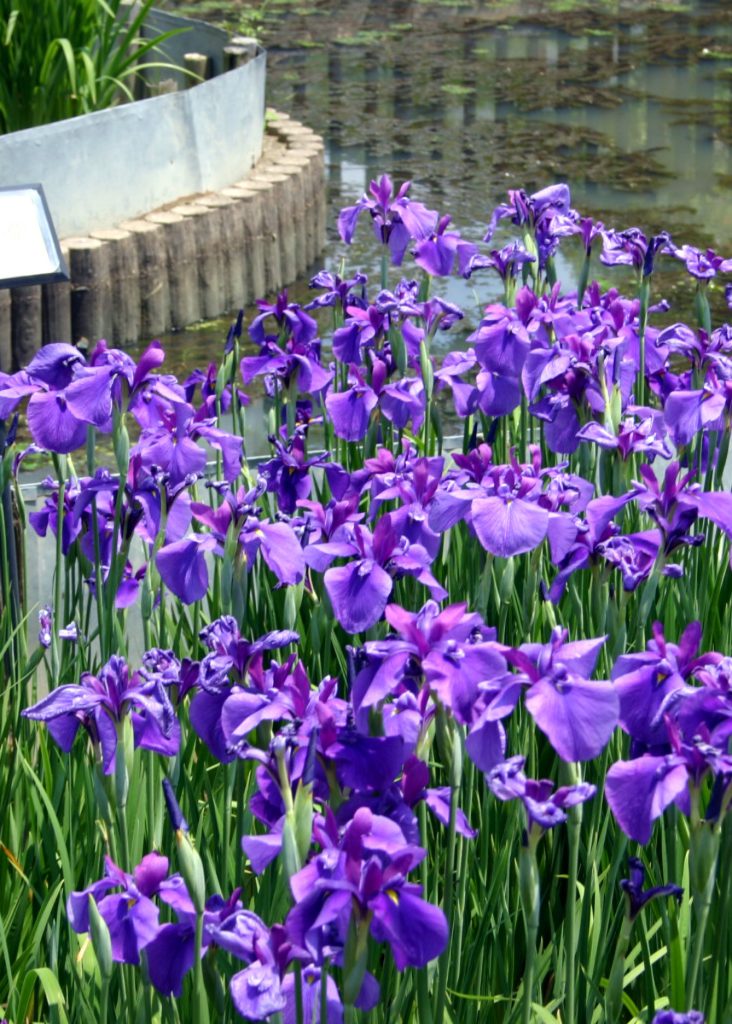
On June 28, the Japan Meteorological Agency announced that “the Kinki region seems to have finished the rainy season.” The rainy season ended 21 days earlier than normal and 19 days earlier than last year, breaking the record for the earliest rainy season (around July 3, 1978), making it the earliest rainy season since the start of statistics. The rainy season lasted 14 days in the Kinki region, breaking the shortest record (17 days in 1958) and making it the shortest rainy season ever. Now is the period of “Ayame Hanasaku”, the central period of “Summer Solstice”. In the lunar calendar, one year is divided into 24 solar terms, which are divided into 24 equal parts from the beginning of spring (around 2/4) to the weather of great cold (around 1/20), besides each of them is divided into 3 equal parts, and after all, ono year is divided into 72 teams. The “summer solstice” is the period from June 21st to July 7th, and the second period of it is called the “iris flower”. Next to the “summer solstice” is the “small heat”, which means that summer begins around this time. However, the rainy season is over and it is beyond small heat. What will happen in July and August from now on?
6月28日、気象庁は「近畿地方が梅雨明けしたとみられる」と発表しました。平年より21日早く、昨年より19日早い梅雨明けで、これまで最も早かった梅雨明け(1978年7月3日ごろ)の記録を更新し、統計開始以来最も早い梅雨明けとなりました。梅雨の期間は、近畿地方では14日間となり、これまでの最短記録(1958年の17日間)を更新し、過去最も短い梅雨となりました。今は「夏至の候」の次候「菖蒲華(あやめはなさく)」の期間です。旧暦では1年を立春の候(2/4頃)から大寒の候(1/20頃)まで24等分した24節気と、その各々を3等分した72の期間(5日間位)で区分し季節を表しました。「夏至の候」は6/21〜7/7の期間で、その2番目の期間を次候と言い「菖蒲華」の候と言うわけです。「夏至の候」の次は「小暑の候」で、この頃から夏が始まりますと言う意味です。しかしもう梅雨も明け、小暑どころではありません。これから7月8月がどうなることやら。
